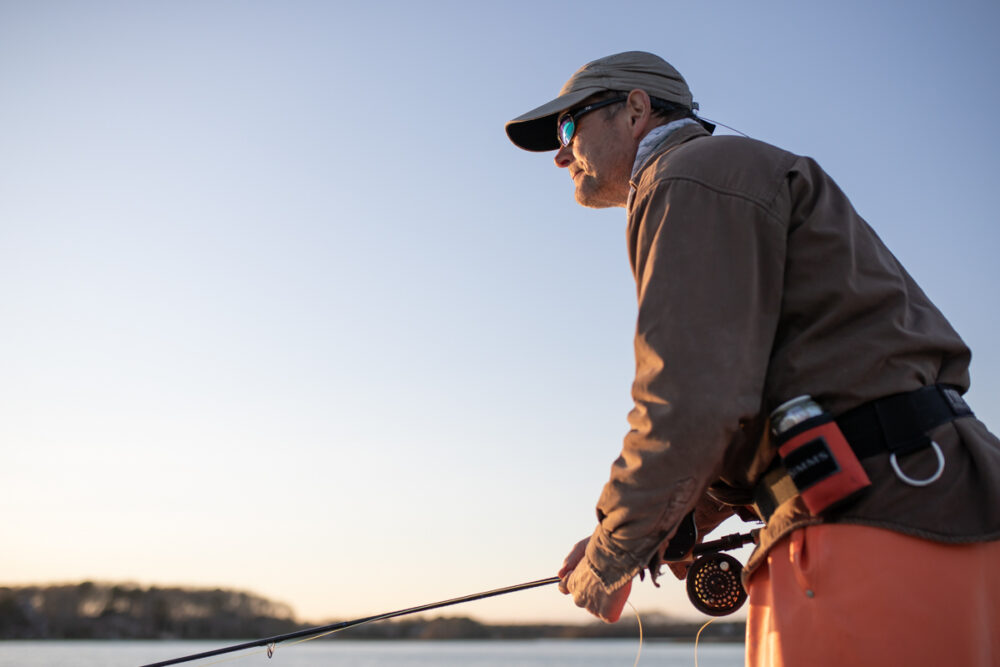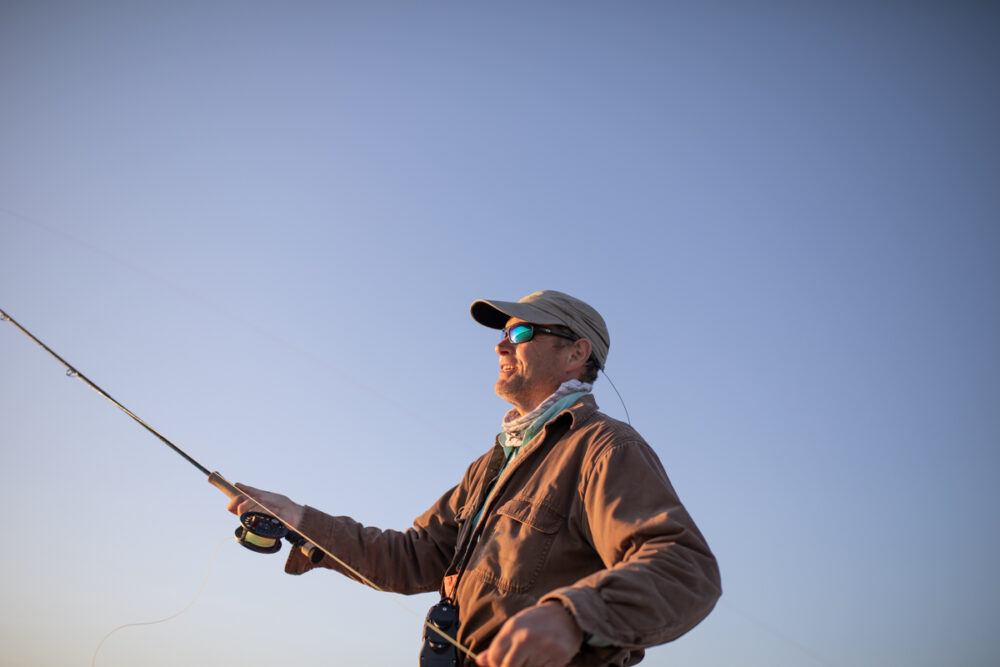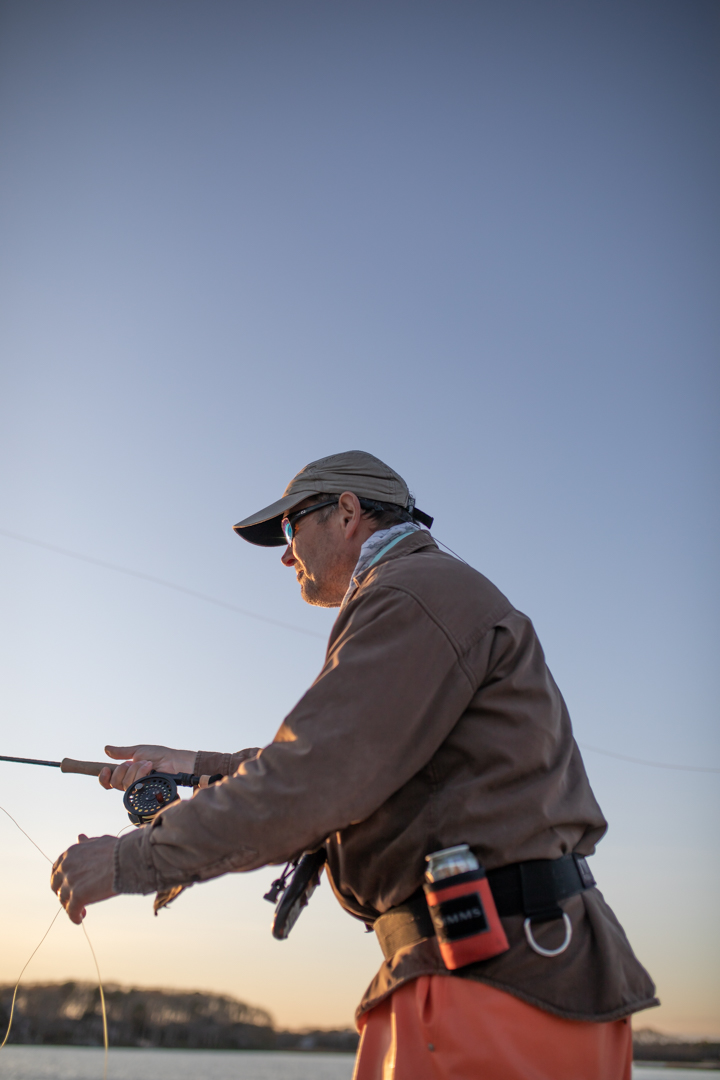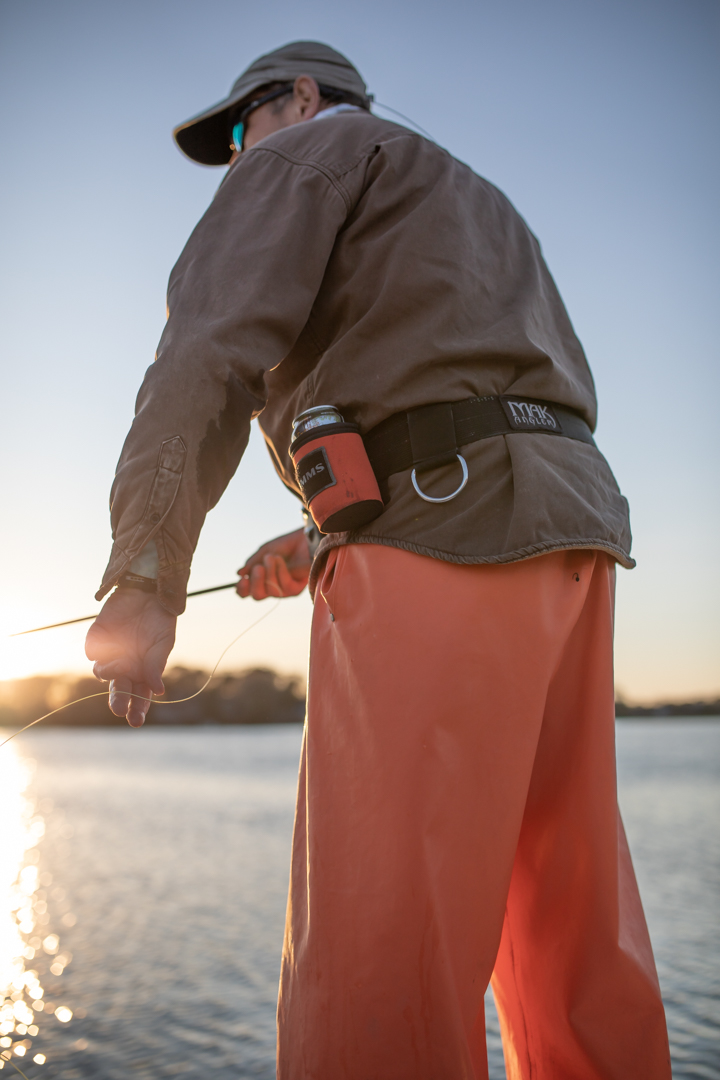
Earlier this spring, I set out under a dark sky to drive two hours to the Cape to meet my Covid-covey fishing partner Barry. We had agreed to fish together, and to fish often.
It was spring, so the mornings were still chilly, the days bright, and the stripers fresh. Such was that morning: a clear sky, and early reports of fish, made our prospects feel as bright as the sun that welcomed us to the boat launch.
As we splashed the boat, we looked right, up into the estuary, and briefly discussed staying there, wondering aloud what the fishing was like inside. But fishing is too driven about what is in the next estuary over, and so we pushed the hammer down and swung out through Woods Hole, across the Bay, and around.
12 fishless hours later, we would be back there, by the boat ramp, to find our only fish of the day.
The area in question starts in a big saltwater pond. The approach in our Jones Brothers was slow, as the channel is narrow and shallow, and so we motored to the sounds of a navigation depth alarm mixed with the osprey overhead.
Blue herons stalked the shallows, fish were rising on the edges, and the surface of the bay — large and empty but for our boat — was nervous with the signs of cinder worms. We lit up at our luck, changed flies, and settled in for the remaining hours of fading light.
For those who don’t know it, the cinder worms are short-lived natural phenomenon that striped bass enthusiasts look forward to annually. A close cousin of the sand worm and clam worm, the cinder worm hatches in saltwater ponds once they warm sufficiently in the spring. The hatch may not last long, but what it lacks in duration is makes up for in unique striper excitement.
Given the cinder worms swim close to the surface, stripers of all sizes will sip gently at them. Flies that do not match the color and length of the worm in the pond will be ignored. You’ll need a floating line or, again, your efforts will be largely ignored. And you will be be rewarded by being stealthy: kayakers often do best or, as did, you’ll want to shut off your motor and use a trolling motor. In these ways, the stripers will act as close to trout as you are likely to ever see.
We had the bay to ourselves, and were surrounded by rising fish. It was what we dreamed of through the winter — and now we were there, and had it all to ourselves. We found only schoolies, and an osprey who didn’t like us coming within 50′ of her nest, but it was what we were after: a break from the world we had come to know, in the world we have come to dream about.



—
How do you fish for stripers during the cinder worm hatch?
- Use a floating line. I like the RIO InTouch Striper lines, but it’s up to you!
- Find a cinder worm pattern that matches the match in your area. While many flies are tied red and black, some hatches are a more muted, paler color, so you’ll need to tie some of both. Here’s a basic pattern you can follow:
3. Understand cinder worm behavior. This is not a false albacore fast strip (which I think is too fast anyway!) but a slower, jerkier one. Check out some of this underwater footage for what they look like.
4. Watch water temperatures to push past the mid-50’s and then try to find intel or roll the dice and drive to your favorite saltwater pond, hoping to get luck.

